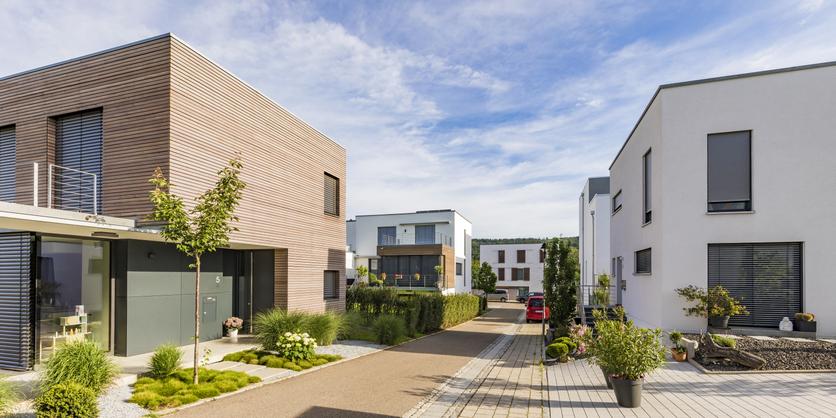Five Home Energy Hacks to Reduce Your Carbon Footprint

Schneider Electric Residential blog
by Manish Pant
If the world is to meet the ambitious goals of the Paris Climate Agreement, including having 121 nations achieve net zero emissions by 2050, we need to reinvent the way we consume energy in our homes.
Consider the serious climate impact that home energy use represents:
- In 2019, homes produced approximately one-third of global CO2 emissions,
- Residential electricity use will increase twofold by 2050
- Homes will become the largest energy-consumption segment by 2050, representing 36% of global electricity use
The European Union (EU) is committed to achieving climate neutrality, with targets of 40% less greenhouse gas emissions by 2030 and net zero emissions by mid-century. Member countries have enacted regulations to ensure that these targets will be reached. By making our homes more efficient and sustainable, we can help achieve such goals while enjoying immediate economic benefits.
Here are five steps you can take to reduce your carbon footprint:
1. Put your home’s energy hogs on a diet
Do you know that more than half of the energy you use in your home is for heating and air conditioning? Water heaters, lighting, and refrigeration account for another 27%. By making sure your energy-hungry systems and appliances have high efficiency ratings, you can put a sizeable dent in your monthly electricity bill.
2. Pave the way for an electric vehicle. According to one industry source, annual sales of electric vehicles (EVs) will reach 245 million by the end of the decade, more than 30 times above today’s level. Installing a charging station in your garage readies you to transition to an EV. And while having one will increase your electricity consumption, you can offset that cost by installing photovoltaic panels at the same time. As many as 40% of EV drivers in surveyed countries have rooftop solar. Which brings us to the next home energy hack.
3. Install solar, reap savings. The upswing in photovoltaic-generated energy in the European Union (EU) is accelerating. In 2019, 26 of the 28 EU member states installed more solar than in the previous year. Contributing to this growth is the fact that solar power is often cheaper than any other technology today – retail electricity for sure and, increasingly, wholesale power, as well.
4. Get smart about smart homes. Digitally connected homes are changing the way people live around the globe. Smart devices allow you to practice active energy management via a smart phone or Internet connection from anywhere at any time. And automation lets you adjust your energy consumption for the season. For example, with winter on the way, you can program your thermostat to reduce your heating output while you are at work and then raise the temperature shortly before you return home. Informed by energy usage data gathered from your smart devices, you can increase your home’s efficiency, safety, and comfort.
5. Insulate your home. Insulation provides resistance to heat flow, thereby minimizing heat loss in the winter and heat infiltration in the summer. With insulation in place, heating and cooling systems are not overworked, and comfort is increased.
Reinventing the electric home
Imagine having efficient access to the best electric power available, when and where you need it and from a mix of sources, including the grid, wind, solar, batteries, microgrids, and others. That’s what’s possible in a smart home equipped by Schneider Electric. We give you digital control over electric power usage across your entire house, all from the palm of your hand or at the sound of your voice. We can even alert you when there’s a potential power problem on the horizon. And soon we will enable you to monitor your energy bill room by room without changing your electrical panel.
If this sounds good to you, we invite you to learn more by joining us at IFA 2020.

